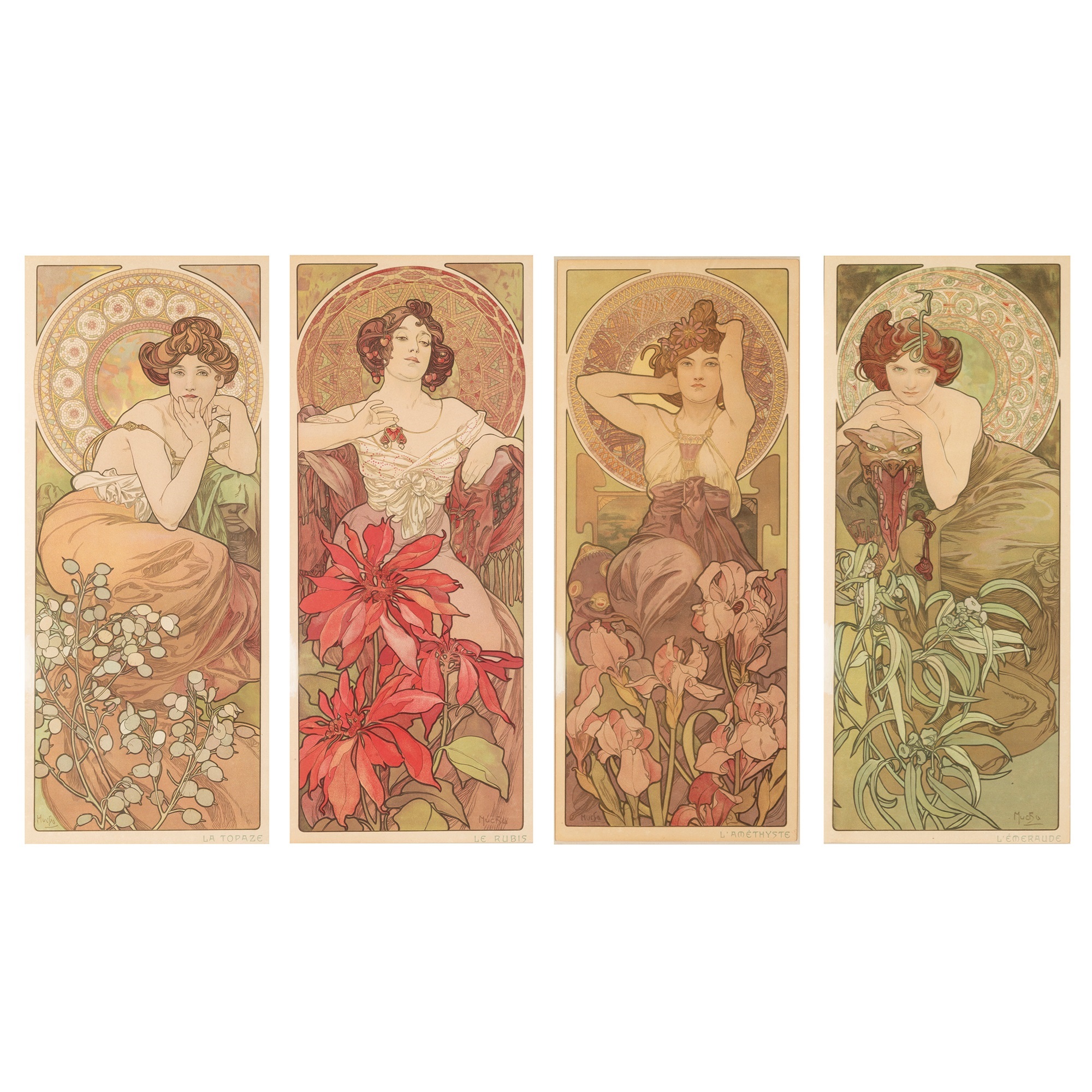Alphonse Mucha was a Czech painter, illustrator, and printmaker best known for defining the Art Nouveau style. Born in Moravia, he was raised in a Catholic household during the Franco-Prussian War, an experience that later informed his interest in national identity and spiritual symbolism. He trained at the Munich Academy of Fine Arts before moving to Paris, where he gained attention in 1894 with a poster for actress Sarah Bernhardt. The success of this commission led to a six-year collaboration with Bernhardt and a series of decorative works that shaped visual culture across Europe at the turn of the century.
Mucha’s graphic work, posters, prints, and book illustrations, featured stylized figures, botanical motifs, and elaborate layouts that blended Byzantine ornamentation with natural forms. While his aesthetic came to define the commercial elegance of the Belle Époque, he himself resisted being labeled merely as a decorative artist, insisting that his art held moral and cultural significance. Though widely associated with commercial design, he viewed his art as a vehicle for cultural expression. In 1910, he returned to his homeland to begin The Slav Epic, a cycle of twenty monumental paintings depicting Slavic history and mythology. He also designed stamps, banknotes, and state emblems for the newly formed Czechoslovak Republic.
His legacy is maintained by the Mucha Foundation and remains central to the history of modern European visual culture. His work continues to resonate with audiences for its synthesis of beauty, symbolism, and national pride.

